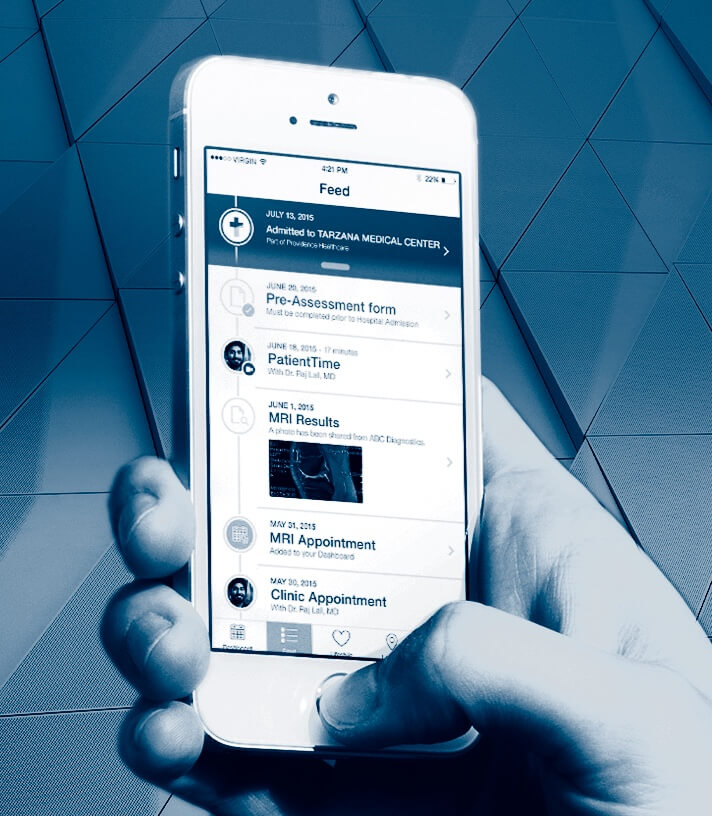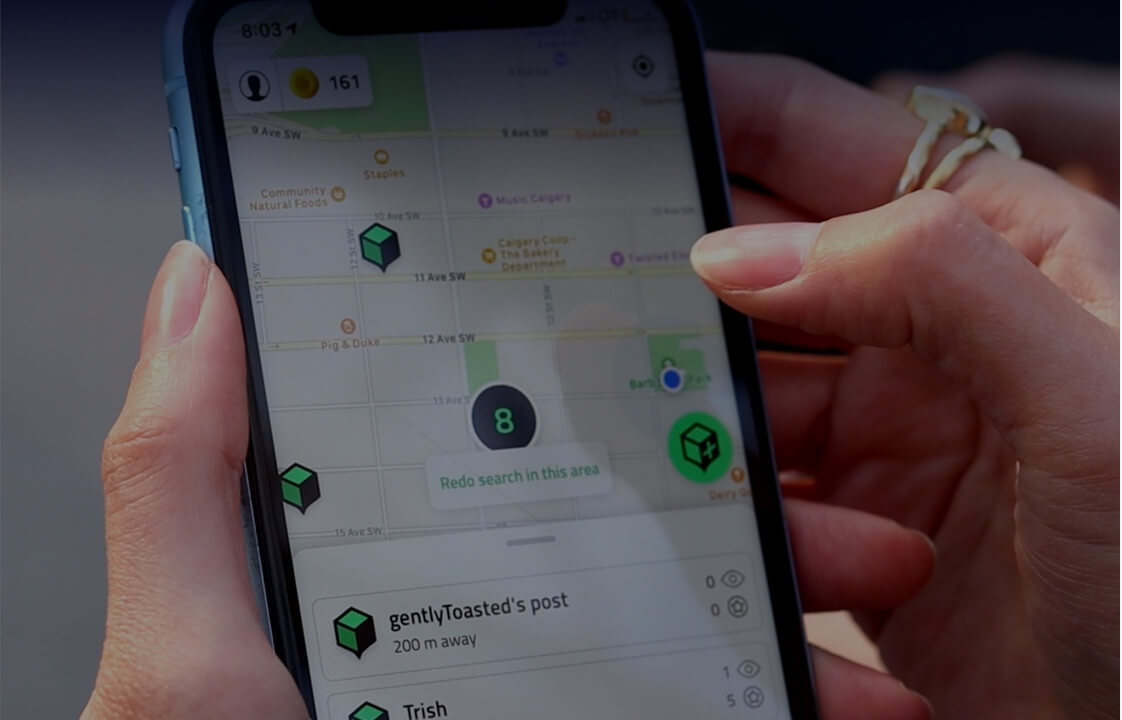WWDC 2023 revealed a lot for users, developers, and businesses to look forward to! Let’s dive into the WWDC news and highlights for each group.
What should users be excited about from WWDC 2023?
Hardware Announcements
A new Macbook Air is available with a larger 15″ display. If you’re looking for a larger screen, this could be an attractive option. However, if you already have a Macbook Air 13″, it might not be worth upgrading at this time.
Mac Studio and Mac Pro are for power users and come with some serious performance updates. Processing intensive tasks like video editing can greatly benefit from this type of power. With its high price point though, it won’t fit into many people’s budgets or add the value needed to justify the cost.
iOS 17
iOS 17 will be available to users in Fall 2023 on devices that have the A12 or newer processor. Unfortunately, this means that devices like the iPhone X and 8 will not be able to update to iOS 17. Below are the major new features and benefits of iOS17.
- NameDrop will allow you to easily exchange contact information using AirDrop.
- Live voicemail will show you what someone is saying on your voicemail live, so that you can decide if it’s important enough to take the call immediately.
- Autocorrect and dictation will be more accurate.
- A new Journal app will provide smart suggestions to help you journal about your day.
- Check In will allow you to tell friends or family when you’re heading home and automatically notify them when you get there. If you’re delayed, you can adjust your expected arrival time. If you don’t reach your destination, your loved ones will get a notification so they can check on you.
iPadOS 17
iPad is adding a customizable lock screen and live activities. The Health app is also now available on iPad. Furthermore, Apple significantly improved PDF editing, collaboration, and autofill.
macOS Sonoma
With macOS Sonoma, you’ll be able to add widgets anywhere on your desktop. Video conferencing will also allow video overlay, so that the speaker won’t lose video while presenting. Safari improved privacy and added profiles so that you can separate your work, home, and school experiences. Additionally, you can create a web app from any website to make your favorite sites easier to access!
Audio
Adaptive audio will allow you to stay present in your surroundings and adapt to them. Also, AirPlay is coming to select hotels. Soon, you may be able to play content from your devices easily on the TV in your hotel room.
watchOS 10
The UI improved for watchOS 10. This version will have better tracking for cycling and hiking and a few updates to Health including mental and vision health.
tvOS 17
tvOS now features a redesigned control center and offers the option to use memories as the screensaver for your TV. Most significantly, you will be able to use FaceTime on AppleTV using Continuity Camera from your iPhone or iPad.
Apple Vision Pro
Finally, the big reveal at the end of the WWDC 2023 keynote was a new piece of hardware: Apple Vision Pro. It is Apple’s response to an AR/VR experience known as Spatial Computing. Many iPad and iPhone apps will be available on the headset as windows with little changes required from the developers of those apps. You will have full control of where these apps appear in your space.
The design is well thought out. By and large, competing devices integrate batteries into the headset, making their headsets heavy and uncomfortable. Instead, Apple Vision Pro uses a cable that connects to an external battery pack. This choice significantly reduces their headset weight. The device also comes without external controllers, relying on eye and hand tracking for interactions. Eye tracking is kept private from apps and is processed at a system level to keep your interactions private and secure.
The specs are also above and beyond any of the devices already out there. With 23 million pixels across two panels, you get more than 4k resolution per eye. The processor that powers the device is Apple’s familiar M2 chip alongside a new R1 chip allowing for real time processing.
This device starts at $3499 USD which will be a large barrier to becoming a device seen in every home. Still, Apple has always focused on creating world class products and devices that truly change the world. Based on what I’ve seen today, the Vision Pro has the potential to change the world just as much as the iPhone has over the past 15 years.
What should developers be excited about from WWDC 2023?
Swift Macros make it easier than ever to add common functionality to your app without writing boilerplate or repeatable code.
C++ interoperability is now supported in the latest SDK
SwiftUI updates include those that developers most requested like improved animations, animated SF Symbols, and an easier way to manage state using the @Observed macro.
A Swift implementation of CoreData was one of the biggest reveals and something that developers have long been waiting for. SwiftData makes it easy to write your model code without having to repeat your data structures in a separate model object.
A new API TipKit was introduced that allows you to highlight features in your app to your users at the right time.
AVCapture performance improvements will make using the camera easier in your apps.
Developers are getting access to some new APIs including HDR, video conferencing, ScreenCaptureKit and Continuity Camera.
Updates to tools like App Store and StoreKit will make it easier than ever to create a consistent and familiar interface for products and subscriptions.
Xcode is getting some great improvements as well, including code completion improvements that are more aware of the code you are writing and suggesting more accurate modifiers or functions.
Test reports in Xcode got a huge overhaul and now contain much more detail and in-depth insights into issues in your app and its tests. You can step through points in your test and even reference an accompanying video to see exactly what went wrong that caused the test to fail.
Updates to Xcode cloud will make workflows 2 times faster and link speeds 5 times faster.
How to bring apps to the new visionOS is one of the main questions developers might have this year. Here are some of the things to know:
- Apps can be made available on visionOS using SwiftUI, RealityKit and/or ARKit. Existing iPad and iOS apps will be available to be seen as a window in visionOS, but you must take into account that the screen size of that virtual window containing your app can be adjusted by the user. This means your layout must be able to accommodate a dynamic range of screen sizes.
- You can also craft 3D scenes in visionOS using volumes. You can use RealityKit to show entities in 3D space, and combine it with the power of ARKit to understand your physical surroundings.
- RealityKit is adopting the MaterialX open standard for geometry shaders which makes it easier to write complex shaders.
- Developers will be able to preview their visionOS experiences using Xcode simulator. That functionality is coming to Xcode sometime later this month.
This week, there will be a total of 175 sessions that developers can watch to dig into all things new this year. 40 of those sessions alone are related to the new visionOS!
What should companies be excited about from WWDC 2023?
Hardware
Now is the time for first mover advantage with AR on Vision Pro. This is the high risk, high reward play. The safer approach is to wait and see if there’s teething problems with the new tech. The “Pro” tag on Vision Pro likely means that a more affordable non-pro version will come at some point. I’d recommend holding off on buying them for the office unless you have a compelling need for them until a more affordable version is available.
The 15” MacBook Air is a good option for employees in need of more screen space without the need for more processing. Think people who are working with presentations, zoom, word processing, and spreadsheets all of the time.
Mac Studio and Mac Pro got upgrades for those who need high performance. However, there are only a few use cases where employee workflows require this type of power. Intensive video processing is one example.
Software
On the software side of things, lots of new developer APIs were announced and lots of existing APIs have been improved.
If your app does image processing, it might be worth checking out Apple’s new HDR API.
StoreKit and SKAdNetwork are getting updates. If your app uses either of those frameworks for ads or in-app purchases, you may want to look further into what new features those frameworks will include.
A new framework called TipKit was released that will allow you to add timely tips for your users, helping them to easily discover new features in your app.
What else? What’s next after WWDC 2023?
The new features and updates announced Monday at WWDC 2023 include much more than the ones covered here, and we are excited to dive in deeper into each topic over the next few months to get a better understanding of how they will help us build better apps!
If you’d like to talk about any of the news coming out of WWDC in 2023 and how it impacts your business, reach out to the Robots & Pencils team at hello@robotsandpencils.com.
This blog post was written by Andrew Erickson, an iOS Robot at Robots & Pencils.
Like the article? Share with friends:















